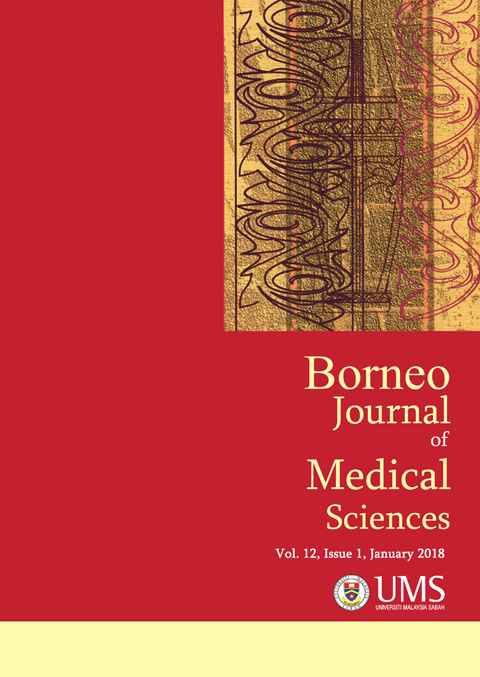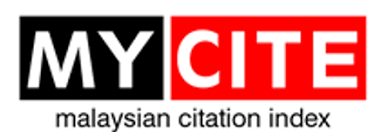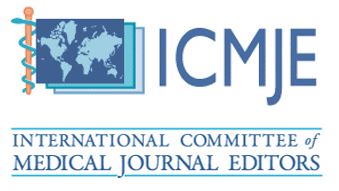The Pyramid Counteracts Chronic Prenatal Restraint-Stress Effects on the Milestones, Anthropometry, and Body, Brain and Adrenal Gland Weights of Pups in Rats
DOI:
https://doi.org/10.51200/bjms.v12i1.888Keywords:
anthropometry, milestones, prenatal stress, pyramidAbstract
Prenatal exposure to chronic stress during critical periods of foetal development produces depression, attention and learning deficits, hormonal imbalances and affects the brain. The effect of prenatal restraint-stress on the postnatal developmental milestones, anthropometric measurements, and the body, brain and adrenal gland weights of the pups were examined and compared with the un-restrained control and the restrained group under the pyramid at postnatal day 10 and 21. Pregnant rats were restrained (9h/day) from gestation day 7 until parturition. Results showed significant delay in the milestones by one day in the restraint control (RC) compared to the unrestrained normal control (NC), while pups of the restrained pyramid (RP) group did not show the delay. Significant decreases in the anthropometric measurements, body and brain weights in RC group were observed at both postnatal days, while the RP group results matched with the NC group. Significant increase in the adrenal weights was found in the RC group compared to NC group and not the RP group. Results suggest prenatal restraint-stress definitely hampers the developmental milestones, anthropometric measurements, and body and brain weights of the young offspring. Results suggest, pyramid environment counteracts and protects the deleterious effects of chronic prenatal stress. Keywords: Anthropometry, Milestones, Prenatal stress, PyramidDownloads
Published
How to Cite
Issue
Section
License
All articles are published under the Creative Commons Attribution-NonCommercial (CC BY-NC 4.0) license, enabling users to read, download, copy, distribute, and adapt the material for non-commercial purposes, provided proper credit is given to the original authors and the source. This model supports transparency, accessibility, and the global exchange of medical knowledge.








1.png)



